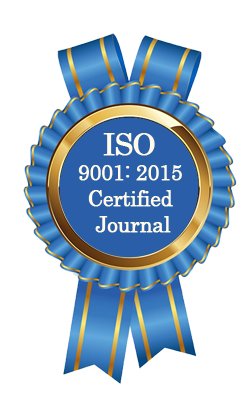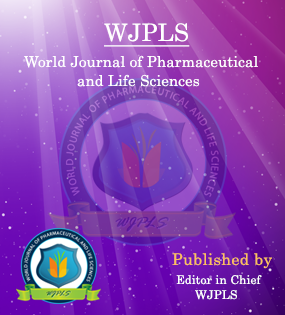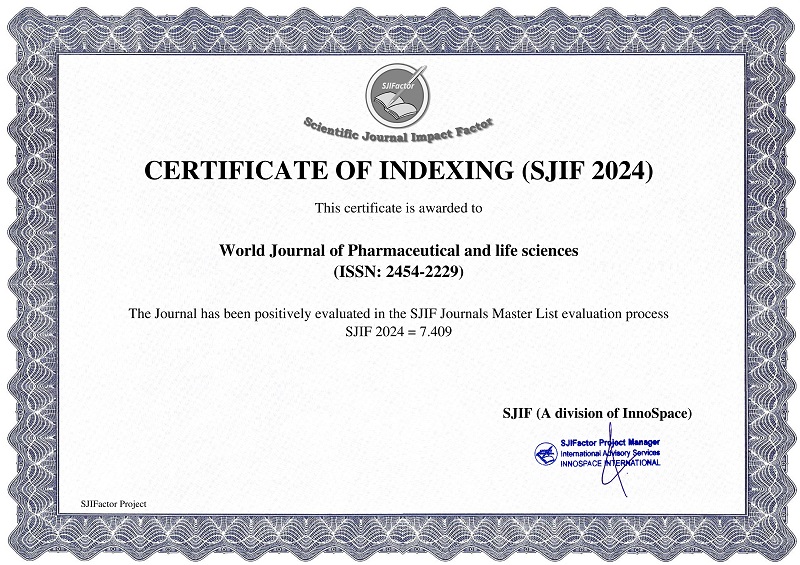Abstract
EFFICACY OF KADALI PATRADANA IN DUSHTA VRANA – A CASE REPORT
Akruthi S. Gowda* and Srinivas Masalekar
ABSTRACT
“Vrana Gatravichurnane”1- Vrana is characterised by destruction or injury to the body tissue. A non-healing ulcer is a common concern in recent times, often arising from trauma or underlying pathological conditions and leading to persistent discomfort for patients. The management of non healing ulcers using Ayurvedic remedies has emerged as a significant focus of research. This approach has gained attention for its potential to offer holistic and natural solutions through the use of traditional Ayurvedic principles. Sushruta provided a detailed description of Vrana and outlined Shahsti Upakramas, one of which is Patradana2, involving the application of leaves over the Vrana for a specified period of time. This study explores the use of Kadalipatra as a treatment for non-healing ulcers. Kadali is one of the significant ancient medicinal plants. It is both economical and easily accessible. It does Vrana Shodhana and further aids in Vrana Ropana. In this study a male patient aged 42 years presented with the ulcer on left lower limb over the medial malleolus with slough, foul smell, discolouration of surrounding skin for 6 months was treated with patradana using kadali patra, which was utilised for daily dressing. The wound was completely healed with scar mark in a span of 3 months. Kadali, having properties like kapha-pittaharana, Madhura-kashaya Rasa and Shita Veerya3. Tannins and flavonoids i.e., ethanol, present acts as anti-microbial, Vrana Shodhana, thus helps in removing the slough from the ulcer, aiding in Vrana Ropana.
[Full Text Article] [Download Certificate]WJPLS CITATION 
| All | Since 2020 | |
| Citation | 590 | 424 |
| h-index | 12 | 10 |
| i10-index | 17 | 14 |
INDEXING
NEWS & UPDATION
BEST ARTICLE AWARDS
World Journal of Pharmaceutical and life sciences is giving Best Article Award in every Issue for Best Article and Issue Certificate of Appreciation to the Authors to promote research activity of scholar.
Best Article of current issue
Download Article : Click here





